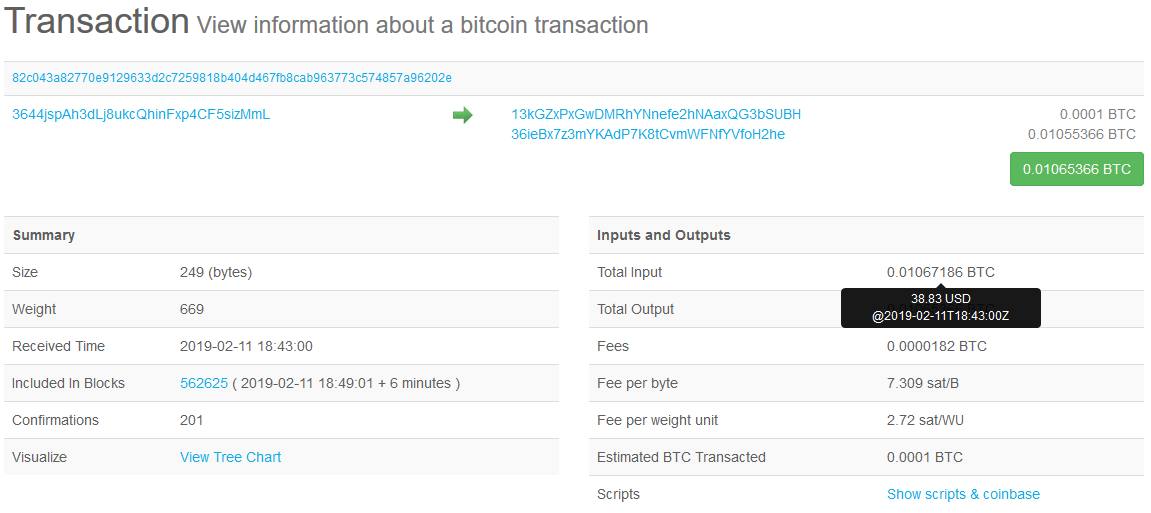Although the crypto winter seems to have prolonged into 2019, it has not stopped various inventions and developments to take place. In January, a cryptocurrency enthusiast in an unknown location in Eastern Europe paid with bitcoin (via lightning network) to broadcast strange messages from blockstream satellite high up in the sky.
In the most recent case, one user sent bitcoin to another user using shortwave radio. He used a free protocol for the shortwave communications to do the transaction. The protocol used is identified as JS8Call which enables users to connect a shortwave radio to a computer. Once they are connected, they can basically send and receive shortwave-transmitted text messages to other JS8Call users without any special license.
BAM! #Bitcoin sent over 7.077Mhz via #JS8Call to @SamuelPatt
Sweep: https://t.co/mLGREGXXN0
Toronto,CAN => Michigan,USA [40W:#SnowStorm]
Bcuz its a brainwallet made ahead of time, with bearer pk I don’t require internet to broadcast this transaction at the time i’m sending pic.twitter.com/OzcbMEvYw0
— NVK (@nvk) February 12, 2019
Reports suggest that the transaction was made from Toronto, Canada with the tokens sent to Michigan, USA. Since it is a brainwallet, the bearer did not need any internet connection to broadcast the transaction at the time of sending. Although the brainwallets are not entirely safe, the ability to send BTC while offline is quite an achievement.

The sender never prepared any signed transaction and then sent it to the recipient for them to broadcast it to the blockchain. On the contrary, he sent his recipient a private key that enabled the recipient to transfer the funds to his wallet using only that private key.
The last picture evidence of the transaction is a visual representation of the data that came from the recipient’s radio directed to the sender’s radio. In all cases, the shortwave radios hear background electromagnetic ‘noise’ that is also referred to as static. Once they receive a recognizable signal, it can be visually represented as a blip or interruption found in the background noise.

The graphics portray a blip in the static that appeared as an agreed-upon signal indicating that the recipient got the intended message sent to them.
VanEck’s Director seemed to be also ecxited about this:
It doesn’t get sexier than this. Period.
— Gabor Gurbacs (@gaborgurbacs) February 13, 2019
 cryptovibes.com
cryptovibes.com